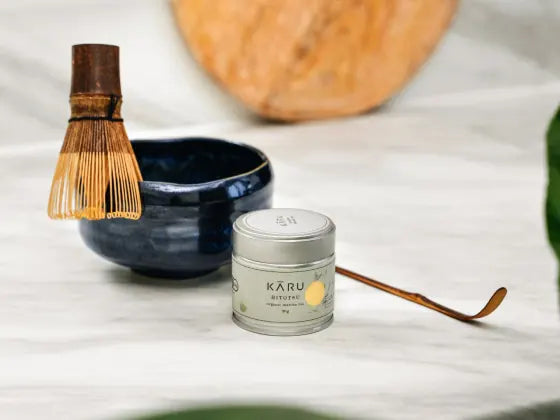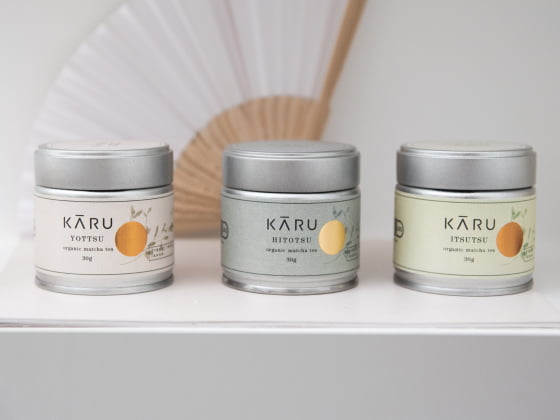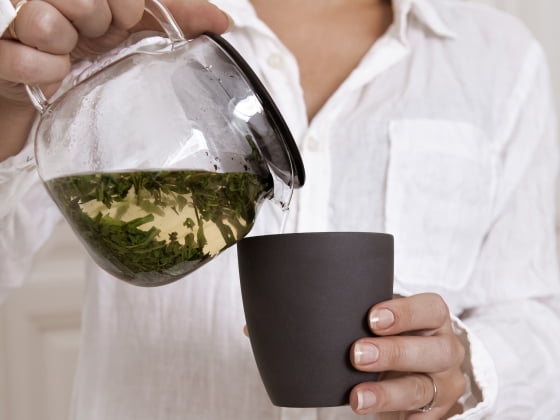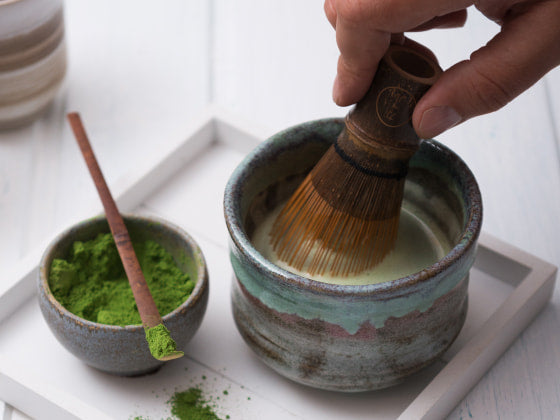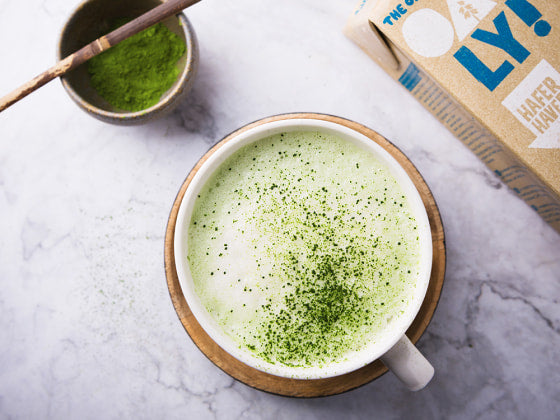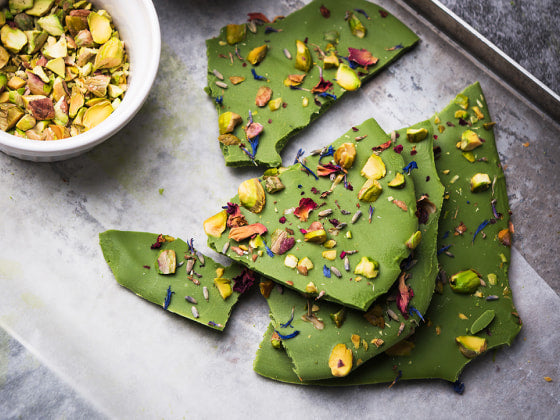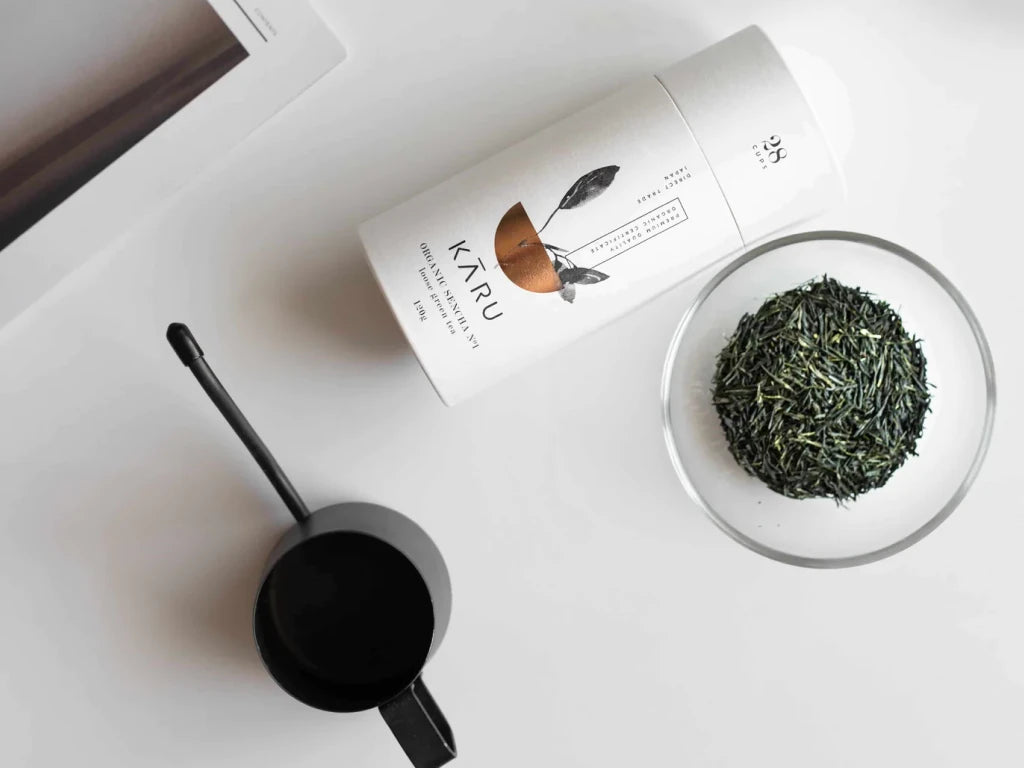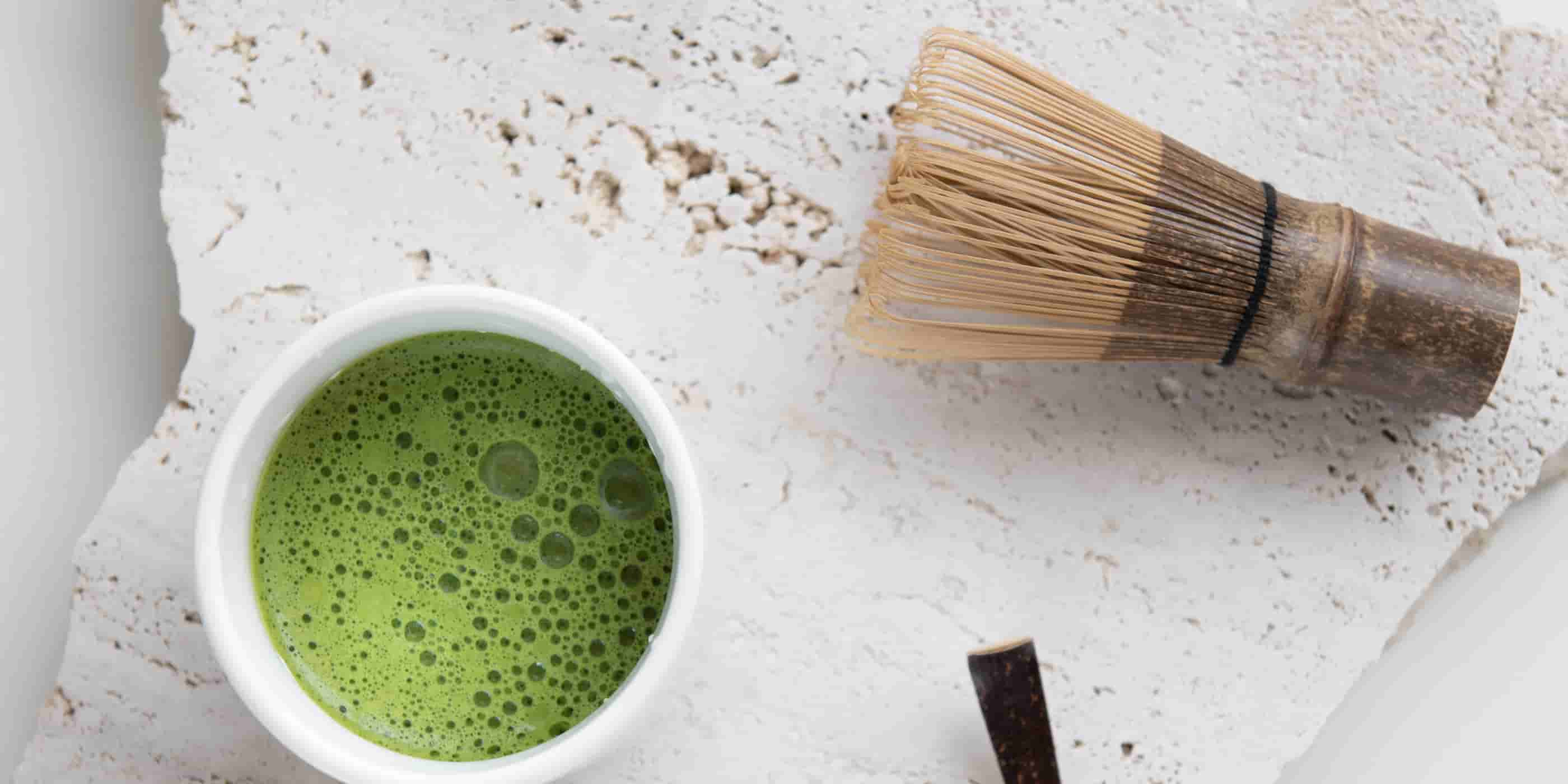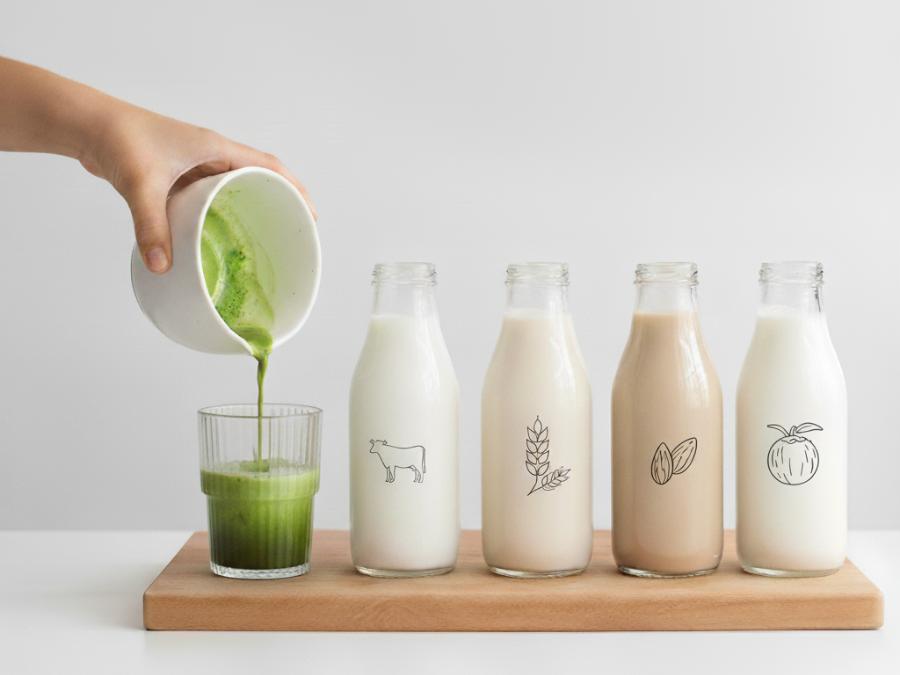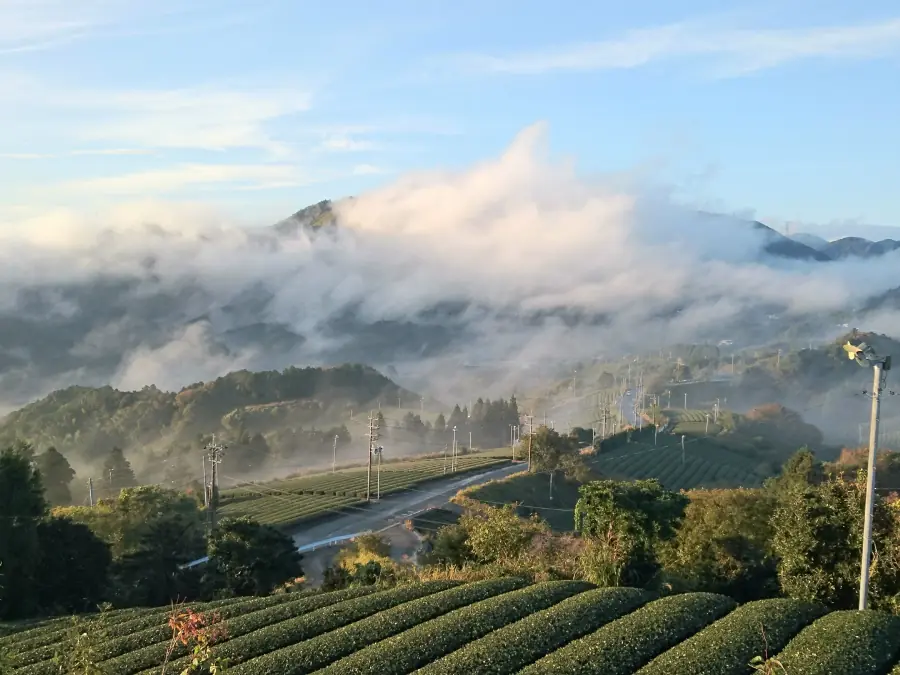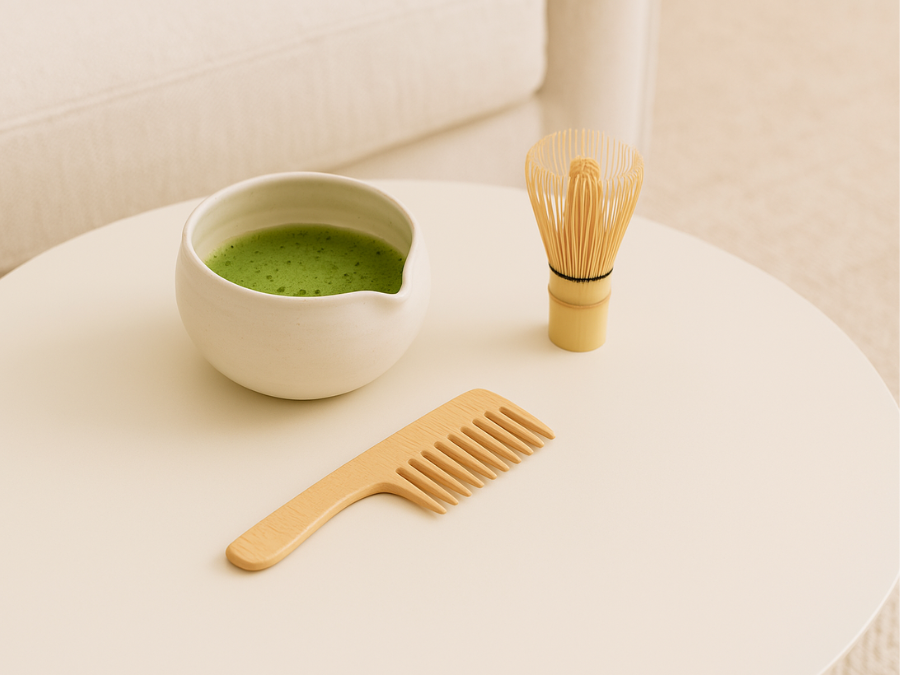In Japanthe country with probably the most extensive tradition of green tea consumption, the preparation of green tea takes several hours. tea ceremonies celebrated. There is no longer any question of simply making tea here.
In fact, the preparation of the tea has a great influence on its taste and ingredients. Even small variations in brewing times can lead to different results. In order to achieve the best possible result in terms of the aromas and flavors of the green tea, the typethe dosage, the quality, the brewing time and even the water temperature must be known.

The five most common mistakes when preparing green tea
Green tea is an art form that requires careful handling to bring out its full flavor and health benefits. So here are five common mistakes you can make when brewing green tea:
- Water that's too hot: Brewing green tea with boiling water can burn the delicate tea leaves and lead to a bitter taste. The ideal water temperature for green tea is between 70 and 80 degrees Celsius.
- Brewing for too long: If the tea steeps for too long, it can affect the taste and lead to bitterness. The perfect infusion time for green tea is between 2 and 3 minutes.
- Incorrect dosage: Too many tea leaves can produce an overpowering, bitter taste, while too few tea leaves will produce a weak, watery tea. A general rule is to use one teaspoon of tea leaves per cup.
- Low quality tea: Not all green teas are created equal. The quality of the tea can significantly affect the taste experience. It is worth investing in high quality green tea to get the best taste experience.
- Use hard water: Hard water can affect the flavors of the tea. Soft or filtered water is ideal for brewing green tea.
Why does your green tea sometimes taste bitter?

In general, you can say that the tea tastes bitter when brewed for too long quickly bitter flavor which is why infusion times of more than three minutes should be avoided. Above all high quality teas tend to need brew for a shorter time. In general, of course, personal preferences also play a major role. For example, some people prefer lighter versions of the various flavor nuances, while others prefer stronger flavors. To ensure that your own green tea really always tastes good, you should use the preparation process for as long as possible. varyuntil you have achieved the best result for you. And then, of course, don't forget to make a note of all the important points so that the process doesn't start all over again the next time you make a cup of green tea.
But what are the exact brewing times, water temperatures and dosages that bring out the best in the different types of tea?
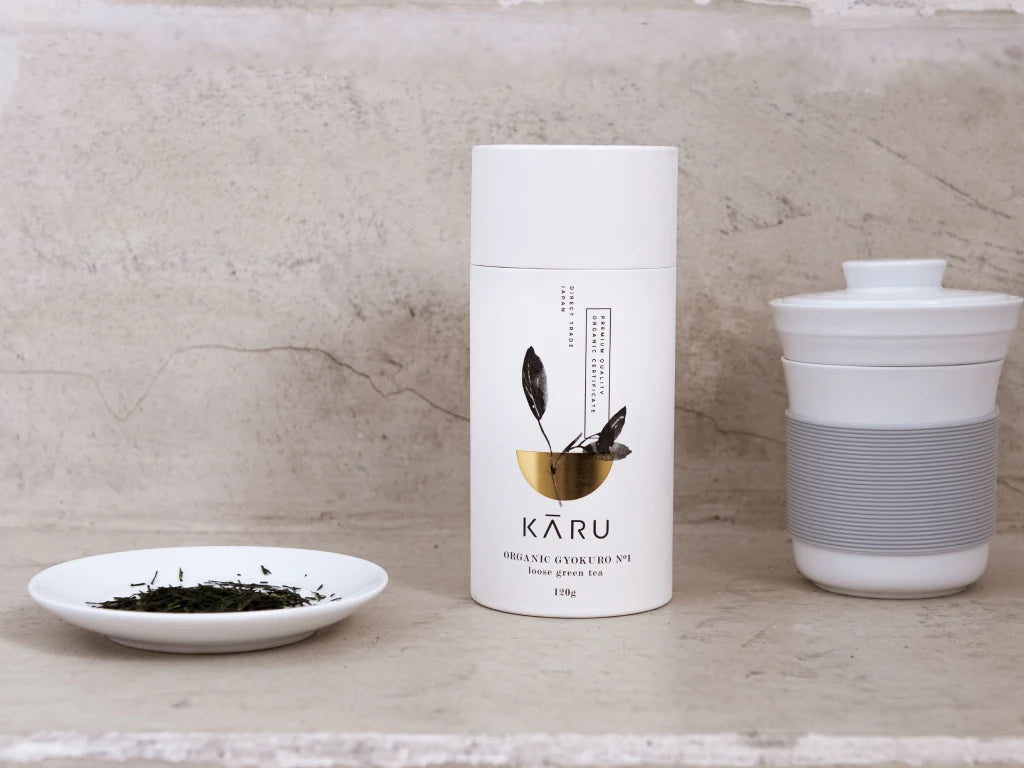
The art of preparing green tea
The preparation of green tea is an art based on centuries-old tradition. Each type of tea has its own special characteristics that must be taken into account in order to obtain the rich taste and health benefits to optimum effect. The different types of green tea require different brewing times and water temperatures, which is due to the specific properties of the tea leaves.
The different types of green tea and their ideal brewing times
So what should the tea ideally taste like? The following table provides an overview of the flavor profiles and places of origin of the different varieties.
Type of green tea |
Origin |
Flavor profile |
| Gyokuro | Japan | Sweet, umami, slightly grassy |
| Sencha | Japan | Vegetative, umami, slightly bitter |
| Bancha | Japan | Mild, nutty, slightly sweet |
| Hojicha | Japan | Roasted, caramelized, slightly earthy |
Gyokuro
Gyokuroalso known as "jewel dew", comes from Kyoto Prefecture in Japan. The tea leaves are shaded before harvesting, resulting in its unique sweet and umami-rich taste. It also has a light grassy note reminiscent of fresh spring meadows.
Sencha
Sencha is the most commonly consumed green tea in Japan. It is characterized by its vegetative, umami and slightly bitter taste profile. The tea comes from various regions of Japan, including Shizuoka and Uji.
Bancha
Bancha, often referred to as the "everyday tea" of Japan, has a mild, nutty and slightly sweet flavor. It is made from the larger and more mature leaves of the tea plant, which are harvested after the Sencha harvest.
Hojicha
Hojicha is a roasted green tea from Japan that is known for its caramelized and slightly earthy taste. The roasting process reduces the caffeine in the tea, making it perfect for the evening.
"A good tea requires time and patience. Choosing the right type of green tea and understanding its flavor profile helps to make the perfect cup of tea."

Table for the right green tea preparation
|
Type |
Dosage |
Quality |
Water temperature |
Brewing time |
|
Gyokuro |
10g |
Premium |
50°C - 65°C |
2.5 min. |
|
Gyokuro |
10g |
standard |
60°C - 70°C |
2 min. |
|
Sencha |
6g |
Premium |
55°C - 70°C |
2 min. |
|
Sencha |
10g |
standard |
80°C - 90°C |
1 min. |
|
Bancha |
15g |
- |
100°C |
0.5 min. |
|
Hojicha |
15g |
- |
100°C |
0.5 min. |
In addition to these brewing times, the quality of the water enormously important. Ideally, the water should have a pH value below 7. preparation of their green tea the water should be pure, odorless, colorless and not too hard. It is therefore best to use mineral or spring water.

How do the different flavors develop in one and the same green tea?
The taste of the tea is mainly determined by the catechins, amino acids and caffeine dissolved in the water. While the amino acids for a sweet, round flavor are responsible for the sweet Caffeine and catechins make the drink rather bitter. When infused, the amino acids are released from the tea leaves first, which is why a short infusion time a light, sweetish and round taste taste. If you don't like your tea too bitter, but still don't want to do without the stimulant caffeine, you should therefore choose a medium brewing time time.

As you can see, it's not easy to find the perfect infusion times, as these depend heavily on individual taste and needs.
Therefore: Simply try out different temperatures, dosages, tea types, qualities and infusion times until you find the perfect flavor for you.
If we haven't managed to introduce you to the art of green tea preparation and you still have questions, feel free to write to us.
What are your experiences so far with infusion times for your favorite green tea?




